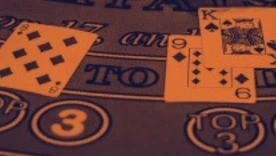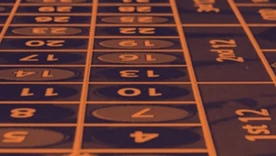
Online Casino Promotions, News & Opinions
Latest news, reviews and promotional content from the Gambling industry

Dec. 15, 2025 | Read Time: 3 mins

Dec. 11, 2025 | Read Time: 6 mins

Dec. 10, 2025 | Read Time: 3 mins

Dec. 5, 2025 | Read Time: 4 mins

Nov. 24, 2025 | Read Time: 3 mins

Nov. 21, 2025 | Read Time: 3 mins

Nov. 5, 2025 | Read Time: 4 mins

Oct. 30, 2025 | Read Time: 4 mins

Oct. 27, 2025 | Read Time: 6 mins

Oct. 17, 2025 | Read Time: 5 mins

Aug. 20, 2025 | Read Time: 3 mins

July 28, 2025 | Read Time: 14 mins

July 21, 2025 | Read Time: 4 mins

July 21, 2025 | Read Time: 3 mins

July 18, 2025 | Read Time: 4 mins

July 17, 2025 | Read Time: 3 mins

May 28, 2025 | Read Time: 3 mins

May 12, 2025 | Read Time: 3 mins

May 1, 2025 | Read Time: 2 mins

April 14, 2025 | Read Time: 4 mins

March 25, 2025 | Read Time: 3 mins

March 3, 2025 | Read Time: 11 mins

March 3, 2025 | Read Time: 5 mins

Feb. 28, 2025 | Read Time: 3 mins

Feb. 21, 2025 | Read Time: 4 mins

Feb. 19, 2025 | Read Time: 4 mins

Feb. 18, 2025 | Read Time: 4 mins

Feb. 17, 2025 | Read Time: 4 mins

Jan. 24, 2025 | Read Time: 3 mins

Jan. 17, 2025 | Read Time: 5 mins

Sept. 2, 2024 | Read Time: 3 mins

Aug. 23, 2024 | Read Time: 3 mins

Aug. 15, 2024 | Read Time: 3 mins

July 11, 2024 | Read Time: 4 mins

May 30, 2024 | Read Time: 4 mins

May 21, 2024 | Read Time: 2 mins